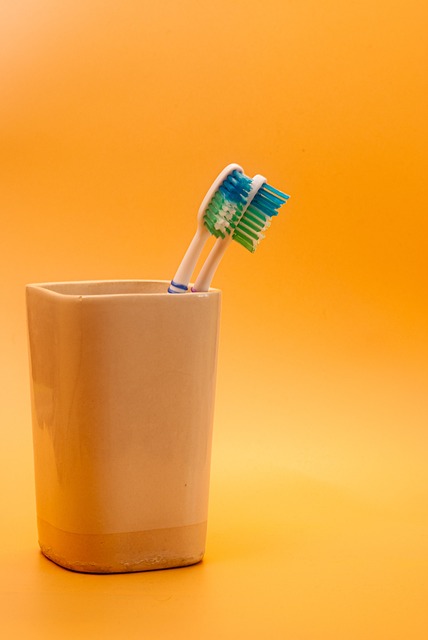Keeping Your Pet’s Teeth Healthy: A Guide to a Happy and Healthy Smile
As a pet owner, you want the best for your furry friend. But did you know that dental care is just as important as regular check-ups, vaccinations, and grooming? Just like humans, pets can develop cavities, gum disease, and bad breath if their teeth aren’t properly cared for. In this article, we’ll explore the importance of keeping your pet’s teeth healthy and provide a comprehensive guide on how to do so.
Why is Dental Care Important for Pets?
Dental care is crucial for pets because it affects not only their oral health but also their overall well-being. Gum disease, which is one of the most common dental issues in pets, can lead to serious health problems such as heart disease, diabetes, and kidney disease. Additionally, bad breath (halitosis) is a sign of poor dental health and can be a symptom of underlying medical conditions.
Types of Dental Issues in Pets
Pets can develop various types of dental issues, including:
- Cavities: A bacterial infection that causes decay on the teeth
- Gingivitis: Inflammation of the gums due to plaque and tartar buildup
- Periodontitis: Advanced gum disease that can lead to tooth loss and systemic health problems
- Tartar buildup: A hard, yellowish deposit on the teeth that can cause gum disease
- Bad breath (halitosis): A sign of poor dental health
How Often Should You Brush Your Pet’s Teeth?
The frequency of brushing your pet’s teeth depends on their age, breed, and individual needs. Here are some general guidelines:
* Puppies: Start brushing their teeth from an early age (around 3-4 months) to help them get accustomed to the process.
* Adult dogs: Brush their teeth 2-3 times a week to maintain good oral health.
* Senior dogs: Brush their teeth daily to prevent tartar buildup and gum disease.
How to Brush Your Pet’s Teeth
Brushing your pet’s teeth can be a daunting task, but with the right approach, it can be a breeze. Here are some tips:
* Choose the right toothbrush: Opt for a soft-bristled toothbrush specifically designed for pets.
* Use the right toothpaste: Select a toothpaste that is safe for your pet and contains ingredients such as sodium bicarbonate or baking soda to help remove plaque and tartar.
* Start slow: Begin with short sessions (30 seconds) and gradually increase the duration as your pet becomes more comfortable.
* Be gentle: Brush in gentle circular motions, taking care not to scratch or damage their gums.
Additional Tips for Keeping Your Pet’s Teeth Healthy
In addition to brushing, here are some other tips to help keep your pet’s teeth healthy:
* Provide a balanced diet: Feed a high-quality dog food that is rich in nutrients and low in sugars.
* Offer dental chews and toys: These can help remove plaque and tartar from your pet’s teeth.
* Schedule regular check-ups: Regular dental cleanings with your veterinarian can help prevent dental issues.
* Monitor their oral health: Keep an eye out for signs of dental problems such as bad breath, yellow or brown teeth, or changes in appetite.
Conclusion
Keeping your pet’s teeth healthy is crucial for their overall well-being. By brushing their teeth regularly and providing a balanced diet, you can help prevent dental issues and ensure they live a happy and healthy life. Remember to schedule regular check-ups with your veterinarian and monitor their oral health closely. With the right approach, you can give your furry friend the gift of a beautiful smile.
Tags:
- Dental care for pets
- Pet teeth health
- Breeding dogs dental issues
- Grooming tips for pets
- Pets oral health

